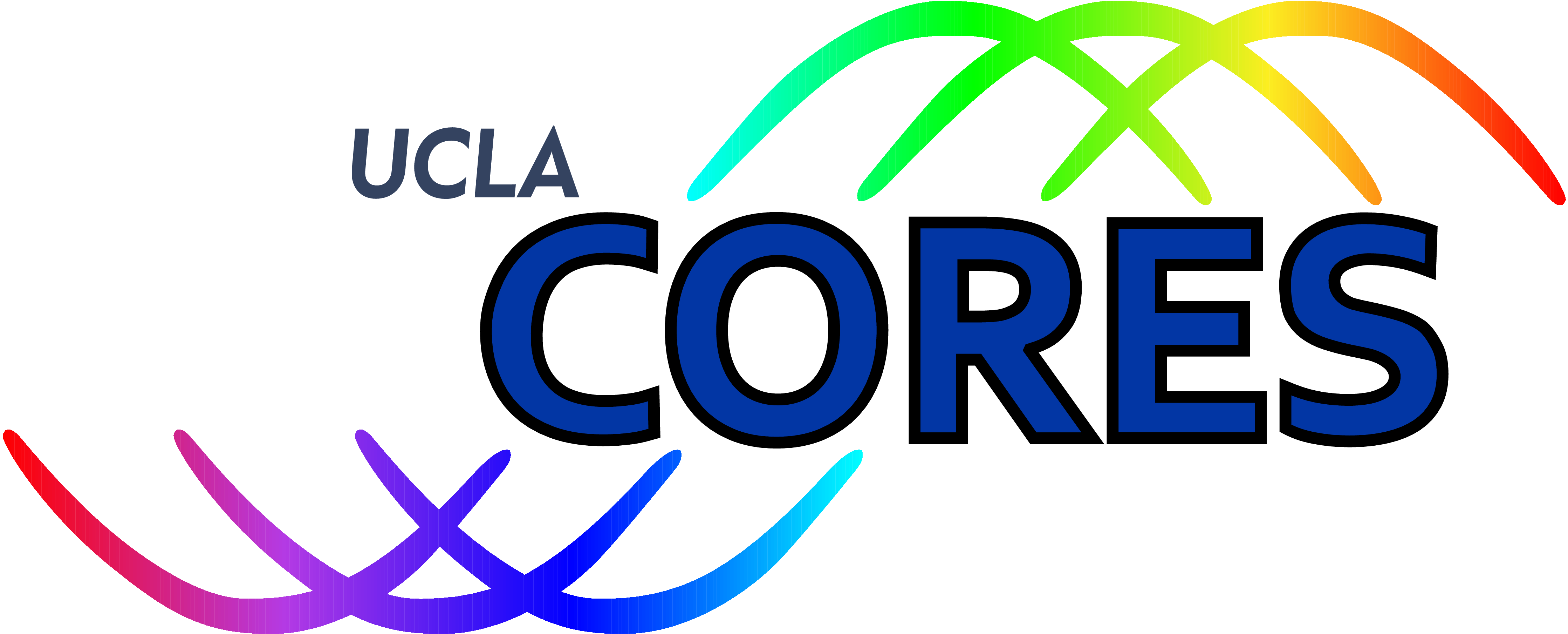
Cognitive Reconfigurable Embedded Systems Lab

Communication and Interference Cancellation with True-Time-Delay Arrays in Millimeter-Wave Networks
For data communications, antenna arrays must provide high beamforming gain across all frequency components of the transmit and receive signal to efficiently exploit the wide bandwidths available at mmW. However, beam patterns from conventional antenna arrays using phase shifters are frequency dependent in an uncontrollable manner, degrading beamforming gain, beam directionality, and interference cancellation capability. This phenomenon is referred to as the spatial wideband effect or beam squint and it becomes more significant with wider bandwidths and larger antenna arrays. In this project, we leverage true-time-delay (TTD) arrays and their frequency-dependent beam steering to overcome the beam squint problem. In particular, we have two goals:
- We develop and analyze TTD beamforming vectors with wide interference nulling for the data communication phase. We investigate adaptive designs of TTD delay taps which enable trade-offs between spatial null-width and null-depth.
- We investigate spatial multiplexing and interference cancellation with a hybrid TTD array architecture based on sub-arrays. We analyze the network capacity improvement when spatial interference is actively mitigated using the hybrid TTD array.
Staff
- Principal Investigator: Danijela Cabric
- Students: Han Yan, Veljko Boljanovic, Aditya Wadaskar